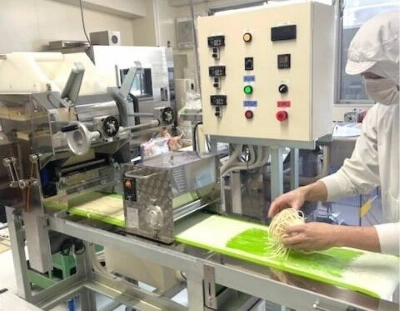China appears to have reached a watershed in its food security strategy, which has long set a target of 95 percent self-sufficiency in four key grains — rice, wheat, corn and soybeans.
If recent trends continue, the world's most populous nation and second-largest economy will become a leading importer of staple foods for its 1.3 billion citizens, as it has in industrial raw materials and energy, including oil and more recently natural gas and coal.
In a tight market, this will push prices higher in Asia and elsewhere, as China — the biggest producer of rice and wheat, and the second grower of corn after the United States — becomes more dependent on imports to meet rising domestic demand.

















With your current subscription plan you can comment on stories. However, before writing your first comment, please create a display name in the Profile section of your subscriber account page.